15 Facts About Coca-Cola That You’ve Hardly Ever Known
Coca-Cola is one of the largest companies in the world dominating, and as good as monopolizing, the entire soft-drink market. Something so big is bound to come with many tales of controversies, legal battles, secrets, market competitions and interesting incidents from its past. So, here are some of those facts about Coca-Cola that are bound to satisfy your curiosity and let you learn more about the giant.
15. Initial formula of Coca-Cola contained small amounts of cocaine to give the drinkers a “buzz”. In 1903 it was removed and replaced by caffeine.
Like many other such coca leaf based drinks made during that time, Coca-Cola claimed many health benefits including relief from headaches and the drink being a “brain and nerve tonic”. In 1911 the United States sued Coca-Cola claiming that caffeine is not good for health and to remove the ingredient from the drink. Coca-Cola won the case but the decision reversed later in 1916. So the company agreed to decrease the amount of caffeine in the drinks and paid all legal costs to avoid further problems.(source)
14. During the late 90’s Coca-Cola tested price-changing vending machines taking advantage of the supply and demand concept. The machine would increase the price with temperature.
With a rise in the number of sales from vending machines Coca-Cola wanted to get creative with how they price. The machines had started becoming an important source of profits for the company. Also by that time the Japanese were already doing the same with some vending machines by changing prices based on outside temperatures using wireless modems with a possibility of making them more interactive. Its arch-rival Pepsi had, however, stated that they were not working on any such technology and preferred making it easier not difficult for a consumer to buy a soft-drink.(source)
13. Coca-Cola was sued by Dr. Pepper in 1972 for trademark infringement by making a soft-drink named “Peppo”. The drink was renamed as Dr. Pibb and were sued again. In the end they named it Mr. Pibb.
This is not the first time Dr. Pepper and Coca-Cola crossed fires. In another such incident in 1951 Coca-Cola was sued for US$750. 000 for selling nickel Coca-Colas for low costs. Later in the 1980s Coca-Cola tried to acquire Dr. Pepper and Seven Up but failed to do so. Instead Dr. Pepper and Seven Up merged creating Pepper/Seven Up Inc. but lost their international branding rights to Coca-Cola. Coca-Cola’s further attempts to acquire the company were blocked by the Federal Trade Commission to prevent its monopoly over beverage industry.(source)
12. The American Coca-Cola spent as much as $1.5 million on scientists to argue that obesity is not caused by soft drinks and that rather than cutting down on them people should work out more.
According to New York Times, Coca-Cola said that they have been researching their products for a very long time. They also said that they have been working on nutrition and fitness with experts in those fields and that they felt it important the researchers maintain transparency regarding funding and their findings. However, Coca-Cola isn’t the only company that funds The American Society for Nutrition and the Academy of Nutrition and Dietetics. Pepsi, Hershey’s and McDonald’s have also done that.(source)
11. A truck driver at Coca-Cola Bottling Co. with 12 years of “clean record” was allegedly fired for drinking Pepsi on company time.
After finishing delivery at a store in California, the employee bought a bottle of Pepsi and went to the backroom to take a break. He was spotted wearing the Coca-Cola uniform while drinking it when someone spotted and notified the company. According to Teamsters union he was fired because it was a violation of the company’s policies to “prevent slander against the company and its products.” The story however was never confirmed by the company’s spokesperson citing that it is against California’s laws that protect employee’s privacy.(source)
10. Coca-Cola makes so many different types of beverages that it would take you over 9 years to taste them all if you tried one per day.
According to Coca-Cola India, the company has over 500 active brands with 3, 500 different types of products including 800 low calorie alternatives. Coca-Cola has a long history of brand acquisitions including famous brands such as Minute Maid, Thums Up, Fanta, Sprite and Bacardi. It didn’t stop there. In 1982 Coca-Cola purchased Columbia Pictures for $692 million and later sold it to Sony for $3 billion in 1989. With over 200 countries in which it sells beverages under various brand names it has become the world’s largest beverage company.(1, 2, 3)
9. Only 2 people alive know the “recipe” of Coca-Cola. It’s such protected secret that they are both not allowed to travel on the same plane at the same time in case it crashes.
The company has built a multi-million vault in their headquarters in Atlanta specifically to guard the years of secret formula for the soft-drink. The formula was first developed by John Pemberton, a civil war veteran and morphine addict, in 1886. However, the recipe was only written down by a group of investors in 1919 and was only passed through word of mouth until then. For over 86 years the formula was locked in the bank of Atlanta later to be moved into their own secure private vault. Since the secrecy and mystery of the drink’s formula was used as a market strategy by the company for advertising and campaigning.(source)
8. Coca-Cola has overused and depleted the ground water of Mehdiganj, a village in India, for 16 years.
Almost eighteen village councils are calling for a ban on Coca-Cola’s bottling plant located near the village. According to Amit Srivatsava, the company has been exploiting the groundwater resources at the expense of the villages and their livestock. Because of the plant they have been experience shortage of water since 1999 though the company has denied all allegations. They claimed that there was no evidence for those allegations by citing reports from a different water authority and that the crops are still growing without problems.(source)
7. During the early 1900s Coca-Cola marketed for whites whereas Pepsi marketed for blacks.
Coca-Cola, during the 20s and 30s, completely ignored the African-American community by using only marketed for whites. The promotional material was only displayed in areas populated by whites or segregated areas, but not in all African-American areas. Pepsi on the other hand used black sales representatives and black models in ads with their promotional material on display in areas populated by African-Americans. As decades passed and the scenery changed along with a lot of growth and expansion, however, both the companies widened their marketing and campaigning departments.(source)
6. Farmers in the eastern state of Chhattisgarh, India, use Coca-Cola and Pepsi to deal with pests. The sugar in the drinks attracts ants which in turn feed on insect larvae.
Using soft-drinks along with pesticides has improved crop production and served as a remedy for pests for these rice farmers. According to the agricultural specialist Devendra Sharma, the practice is not new. In old days, jaggery made from sugar cane was used to achieve the same result. Another added bonus to using soft-drinks in crops is that they provide a direct supply of carbohydrates which help the plants improve their immunity and yield on the whole. What more, the costs of using soft-drinks has decreased their expenditure on crops by ten times.(source)
5. Fanta was invented during the second world war when C0ca-Cola couldn’t import syrup into Nazi Germany because of a trade embargo. Instead they made Fanta only using the available ingredients at that time.
The name Fanta was a result of a brainstorming session in which the team were told to “use their imagination”. The German word for imagination is “fantasie” from which the word Fanta was derived. They produced the drink using the only ingredients available in Germany, including whey and apple pomace, at that time due to the embargo on some of the ingredients required to make the actual Coca-Cola. After the war was over Coca-Cola regained control over the plant discontinuing the new drink and doing a complete relaunch later in 1955 especially in Europe, South America, Asia and Africa.(source)
4. People have been finding new uses for Coca-Cola, including using it to repel insects, kill snails or slugs, loosen rusty bolts, clean car battery terminals and to even clean toilets.
For a lot of DIYers Coca-Cola isn’t just a great tasting drink. The carbonated soft-drink, because of the fuzzy soda bubbles and acids, are claimed to loosen up the grime and limescale buildup in toilets. The instructions for usage seem to be simple, all you have to do is pour some Coca-Cola into the toilet bowl and scrub a little. It is also claimed to clean baking dishes with much ease. Apart from cleaning, Coca-Cola is used in cooking as well. There are recipes that call for marinating and cooking meat in Coca-Cola.(source)
3. Coca-Cola was originally created by John Pemberton as a substitute for his morphine addiction. It was an alcoholic drink at first and the alcohol was later removed during the prohibition period.
John Pemberton, was wounded during the American Civil War. To find relief from the pain he got addicted to morphine but felt a need to stop it. Finding inspiration from a French coca wine, he developed a prototype in Pemberton’s Eagle Drug and Chemical House. The drink was first sold in Atlanta as a patent medicine for five cents per glass. It was a time when people in United States thought soda water was good for health and Pemberton sold his drink claiming it cured many neurological diseases and even impotence.(source)
2. It is estimated that Americans consume around 1.7 million tons of sugar, or 10.8 pounds per person, in a year from drinking Coca-Cola.
According to an estimation Americans drink at least 399 servings of Coca-Cola in a year. Combining that with the amount of sugar per serving, around 39 grams, the American population consumes a whopping amount of sugar that will give many diet-conscious people a start. Among these soft-drinks, 50% belong to the Coke brand and 60% are classic Coca-Cola.(source)
1. Coca leaves are still a part of Coca-Cola’s formula but the cocaine is extracted for medical use and the remaining matter is used for flavoring the drink.
It was in 1903 that Coca-Cola decided to remove cocaine as an ingredient in making the soft-drink. Instead the stimulating ingredient used in the drink had become caffeine. However, the coca plant is still said to be part of the drink formula. A company in New Jersey imports coca leaves from Peru to extract pure cocaine in the process also producing cocaine free leaf extract which is believed to be used as a flavoring ingredient. However, since the recipe is a secret hidden from all prying and curious eyes, we will never know for sure.(1, 2)





 استاد غلامی
استاد غلامی فیلم مراسم تشییع شهید محسن حججی
فیلم مراسم تشییع شهید محسن حججی دانلود سخنرانیهای استاد معمار منتظرین در محرم 96
دانلود سخنرانیهای استاد معمار منتظرین در محرم 96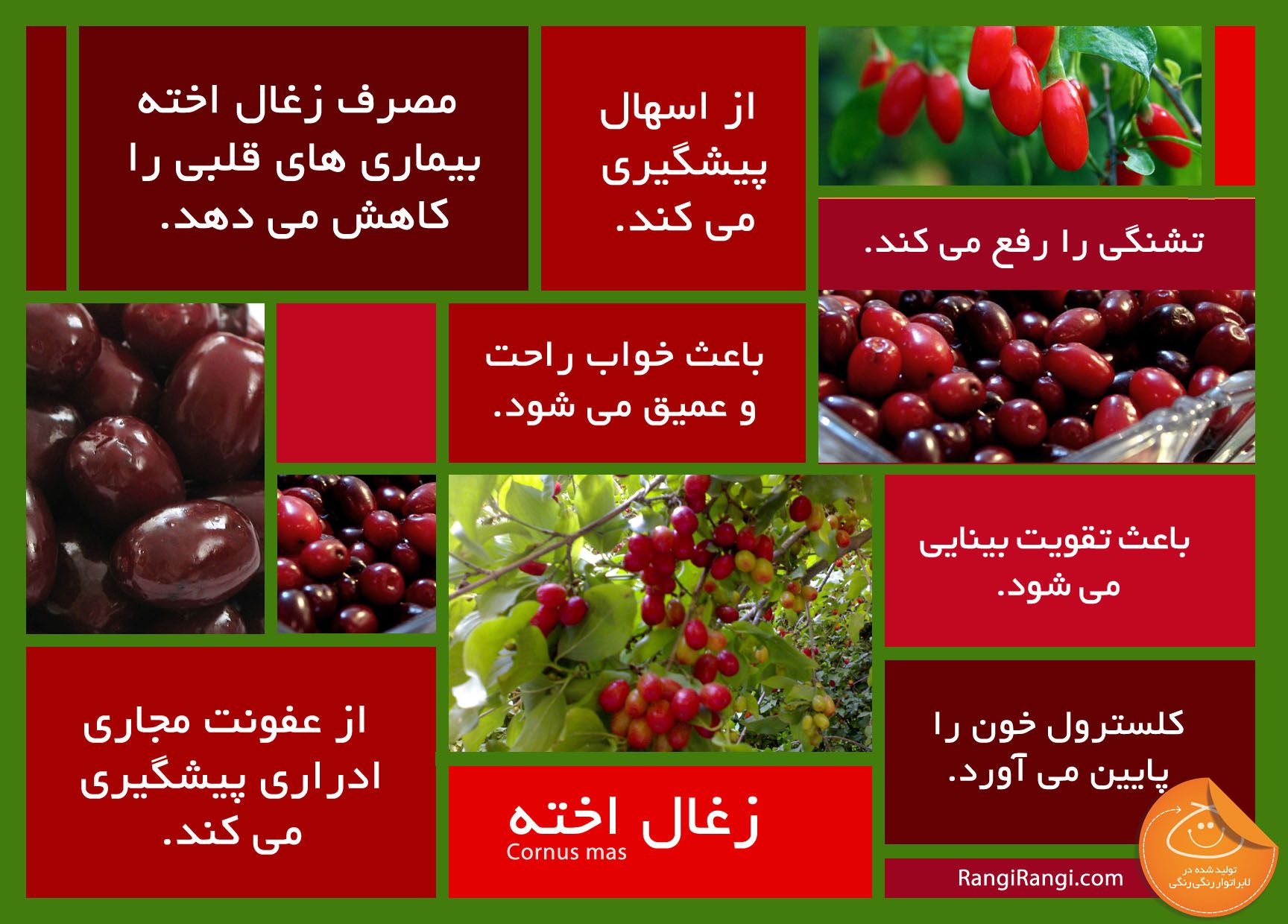 لاغری و دفع سنگ کلیه با این میوه پاییزی+ اینفوگرافی
لاغری و دفع سنگ کلیه با این میوه پاییزی+ اینفوگرافی غضروفسازی با دارو؛ خیال یا واقعیت؟
غضروفسازی با دارو؛ خیال یا واقعیت؟  اگر جزو این گروهها هستید، نمک بیشتری مصرف کنید!
اگر جزو این گروهها هستید، نمک بیشتری مصرف کنید!  تاثیرات عجیبی که ترشیجات بر بدن میگذارند!
تاثیرات عجیبی که ترشیجات بر بدن میگذارند! مساله این است: ماهی شمال یا جنوب؟
مساله این است: ماهی شمال یا جنوب؟ 10 بیماری را با مصرف این «دانههای ریز» درمان کنید!
10 بیماری را با مصرف این «دانههای ریز» درمان کنید!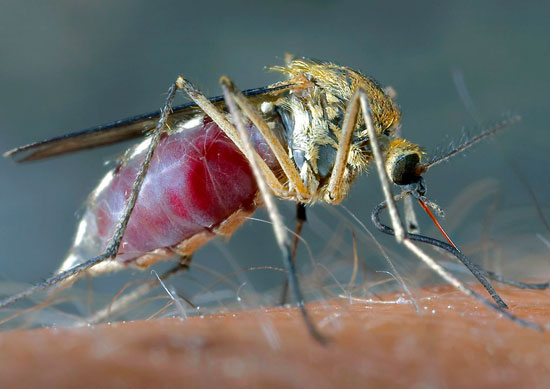 چرا پشهها بعضیها را بیشتر نیش میزنند؟
چرا پشهها بعضیها را بیشتر نیش میزنند؟  دست خود را چگونه مشت میکنید؟ (زبان بدن)
دست خود را چگونه مشت میکنید؟ (زبان بدن) مهمترین اختلالات جنسی در خانمها
مهمترین اختلالات جنسی در خانمها 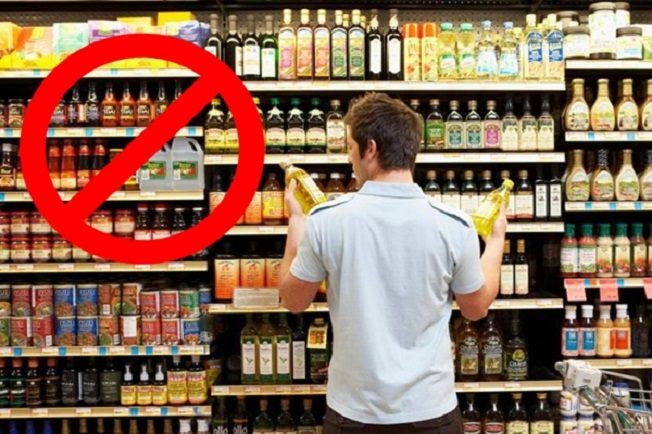 اسامی فرآوردههای غذایی غیرمجاز، اعلام شد
اسامی فرآوردههای غذایی غیرمجاز، اعلام شد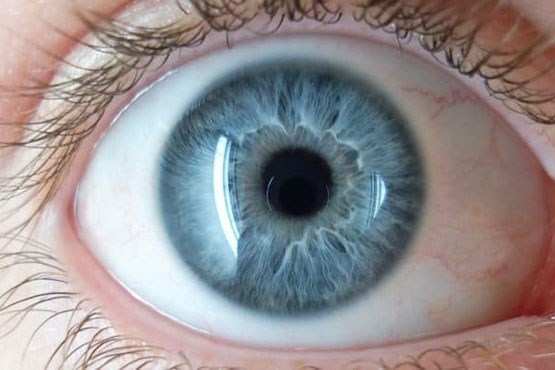 چگونه چشمان زیبا داشته باشیم؟
چگونه چشمان زیبا داشته باشیم؟ 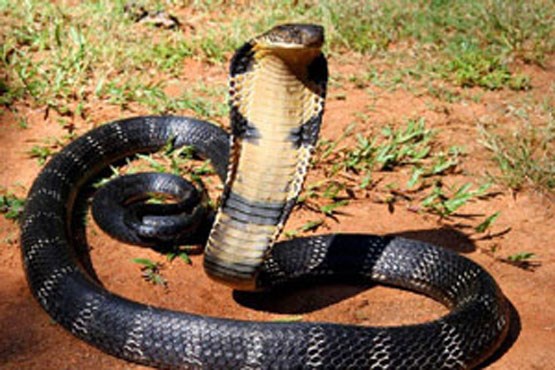 کارهایی که هنگام مارگزیدگی باید انجام داد
کارهایی که هنگام مارگزیدگی باید انجام داد  دانلود کتاب سفینه البحار و مدینه الحکم و الآثار
دانلود کتاب سفینه البحار و مدینه الحکم و الآثار آیا با قانون جذب میتوانم فرد مورد علاقهام را جذب کنم؟!
آیا با قانون جذب میتوانم فرد مورد علاقهام را جذب کنم؟! دانلود کتاب کمیاب جفر جامع با لینک مستقیم
دانلود کتاب کمیاب جفر جامع با لینک مستقیم حکایتی عجیب و پرمعنا از امام باقر علیهالسلام
حکایتی عجیب و پرمعنا از امام باقر علیهالسلام داستان مریض شدن شیر (عربی و فارسی)
داستان مریض شدن شیر (عربی و فارسی) بررسی آثار منسوب به حضرت صادق علیهالسلام
بررسی آثار منسوب به حضرت صادق علیهالسلام تمامی جوابهای بازی جدول مدرن
تمامی جوابهای بازی جدول مدرن خصم با مردم، دشمنی با خدا
خصم با مردم، دشمنی با خدا انشاء به زبان عربی با ترجمه فارسی
انشاء به زبان عربی با ترجمه فارسی  فواید شگفتانگیز دوش آب گرم و آب سرد
فواید شگفتانگیز دوش آب گرم و آب سرد 8 اشتباهی که در حمام انجام میدهید !
8 اشتباهی که در حمام انجام میدهید !  کشفیاتی شگفت آور درباره 9 دی + جداول آماری
کشفیاتی شگفت آور درباره 9 دی + جداول آماری 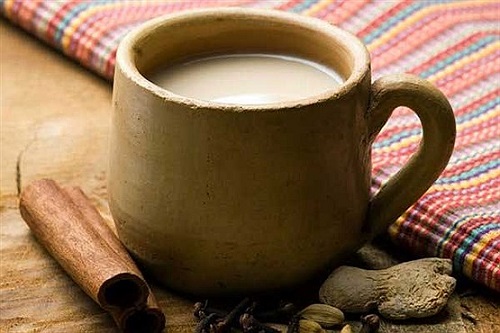 پاکسازی بدن از تمام سموم با این معجون خانگی
پاکسازی بدن از تمام سموم با این معجون خانگی  16 ماده غذایی که شما را جذاب تر میکنند
16 ماده غذایی که شما را جذاب تر میکنند روشهایی طبیعی برای رفع خشکی موها
روشهایی طبیعی برای رفع خشکی موها  6 راهکار کاربردی برای خوشبختی همسران
6 راهکار کاربردی برای خوشبختی همسران